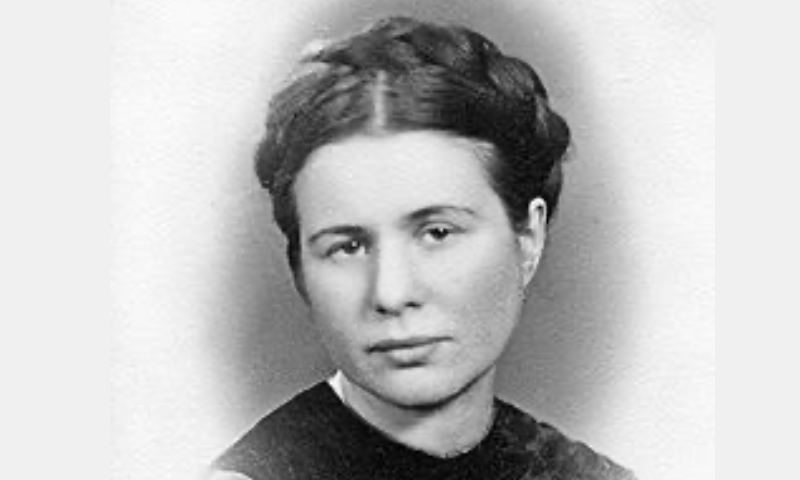Jack Mayer
National Endowment for the Humanities, Summer 2020, Volume 41, Number 3
“I’m a child of Holocaust survivors. How could I not know Irena Sendler’s story?”
Between 1942 and 1943, Sendler and her network of 10 compatriots rescued 2,500 Jewish children from the Warsaw ghetto. Disguised as an infection-control nurse, Sendler knocked on doors in the ghetto, asking parents and grandparents to give up their children and grandchildren so that she could smuggle them out. Each child was given a new Polish name and forged identity papers and hidden in foster homes, orphanages, or convents. Sendler insisted that lists of the children be kept, documenting their Jewish and Polish names, so that after the war they would know their original identities. She hid the lists in milk jars that were buried in the backyard of one of her co-conspirators.
After the war, Poland’s Communist government persecuted members of Poland’s wartime resistance, Zegota, of which Sendler was a part. They were harassed, interrogated, imprisoned, and even executed. Sendler and others who rescued Jews during the war kept silent. Almost no one knew of Sendler and her heroism.
She would have remained an unsung hero were it not for three teenage American girls who discovered her forgotten story 60 years later. Liz, Megan, and Sabrina, who began as students of history for a National History Day competition, became recorders of history, championing Sendler’s legacy in Poland, the U.S., and around the world. Three teenagers from rural Kansas helped crack open the silence about the Holocaust in Poland.
My first brush with this story came in the winter of 2001, in my Middlebury, Vermont, pediatric office, while going through my mail. This was before the electronic health record, and I daily triaged a prodigious stack of paper. Everything had about three seconds to be kept, filed, recycled, or thrown away.
I am a member of the U.S. Holocaust Memorial Museum (USHMM). Each year I send a contribution, and they send me a calendar highlighting 12 monthly Holocaust heroes. As I quickly flipped through, I was brought up short by the November entry. It was the photo that stopped me—a young Irena Sendler, twenty-nine years old, who looked a lot like my niece. I read the short paragraph below the photo:
Irena Sendlerowa, (1916–UNKNOWN) As head of the children’s division of Zegota, the Polish underground Council for Aid to Jews, social worker Irena Sendlerowa (code name “Jolanta”) helped smuggle more than 2,500 Jewish children out of the Warsaw ghetto. … SOURCE


